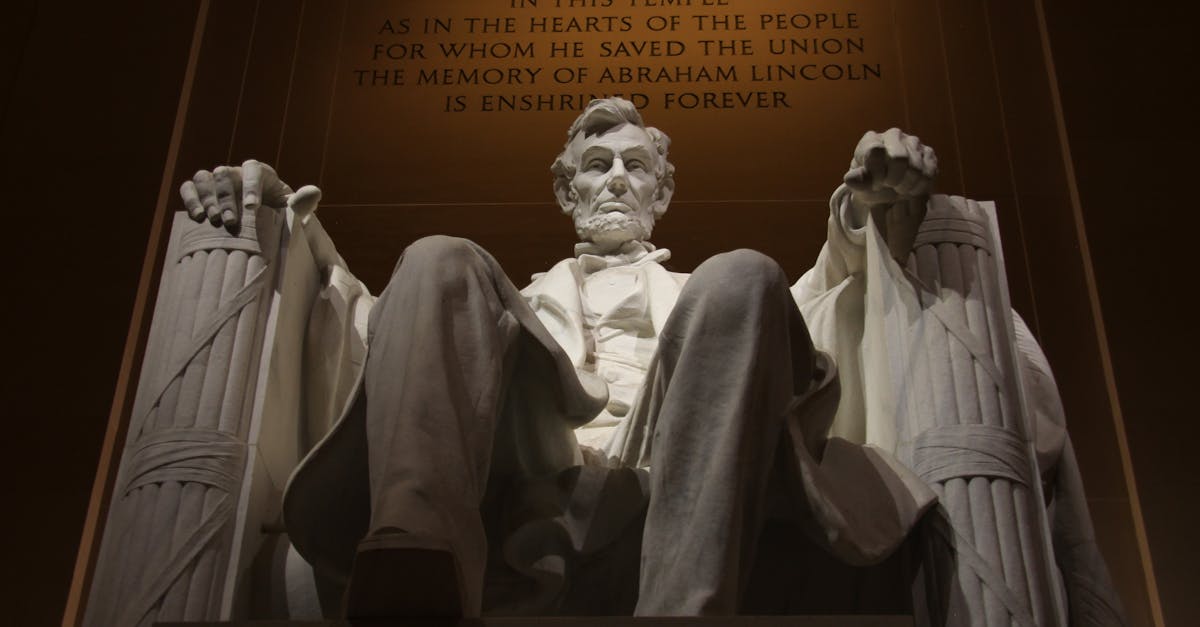The Boston Massacre, a pivotal event in American history, took place on March 5, 1770, and marked a significant turning point in the relationship between the American colonies and British authorities. As tensions escalated due to British taxation and military presence, a confrontation led to the tragic death of five colonists. Understanding who was involved in this incident is crucial for grasping its impact on the American Revolution. Below is a table detailing the key figures associated with the Boston Massacre.
| Individual | Role | Significance |
|---|---|---|
| Crispus Attucks | Victim | First person killed in the massacre |
| John Adams | Defense Attorney | Defended the British soldiers |
| Captain Thomas Preston | British Officer | Commanded the soldiers involved |
| Private Hugh Montgomery | British Soldier | Fired the first shot |
| Samuel Adams | Patriot Leader | Used the incident for propaganda |
| Dr. Joseph Warren | Patriot Leader | Helped organize resistance |
| Paul Revere | Patriot Silversmith | Created the famous engraving |
Crispus Attucks
Crispus Attucks is often remembered as the first martyr of the American Revolution. An African American man, Attucks was part of a group that confronted British soldiers during the Boston Massacre. His death symbolized the struggle for freedom and justice, making him an enduring figure in American history. Attucks’ legacy is celebrated as a representation of the fight against oppression and has inspired countless movements for civil rights.

John Adams
John Adams, who would later become the second President of the United States, played a crucial role in the aftermath of the Boston Massacre. Despite being a patriot, he took on the controversial task of defending the British soldiers accused of murder. Adams believed in the right to a fair trial, and his defense helped establish principles of justice that would become fundamental in American law. His actions reflected a commitment to the rule of law, even in the face of public outrage.

Captain Thomas Preston
Captain Thomas Preston was the commanding officer of the British soldiers involved in the Boston Massacre. During the confrontation, he sought to maintain order among his troops. Preston’s trial became a significant moment in American legal history, as it raised questions about military authority and civilian rights. His testimony highlighted the chaotic nature of the event and underscored the complexities of colonial resistance against British rule.

Private Hugh Montgomery
Private Hugh Montgomery was one of the British soldiers who fired shots during the Boston Massacre. He was later identified as the soldier who fired the first shot that led to the deaths of several colonists. Montgomery’s actions were pivotal in the escalation of violence on that fateful night. His involvement has been debated by historians, as it raises questions about the motivations and orders given to the soldiers during a time of high tension.

Samuel Adams
Samuel Adams, a prominent leader in the American Revolution, played a significant role in shaping public opinion following the Boston Massacre. He used the incident as a rallying point to galvanize support against British rule. Through pamphlets and speeches, Adams portrayed the event as a brutal act of oppression, which helped fuel the growing sentiment for independence among the colonists. His ability to mobilize public outrage was instrumental in the revolutionary movement.

Dr. Joseph Warren
Dr. Joseph Warren was a key figure in the revolutionary movement and helped organize the response to the Boston Massacre. He was deeply involved in the Sons of Liberty and worked tirelessly to promote the cause of independence. Warren’s efforts in the aftermath of the massacre included providing medical assistance to the wounded and advocating for justice. His commitment to the revolutionary cause made him a respected leader in Boston and beyond.

Paul Revere
Paul Revere is best known for his midnight ride, but he also made a significant contribution to the legacy of the Boston Massacre through his famous engraving of the event. Revere’s artwork depicted the British soldiers firing into an unarmed crowd, which served as powerful propaganda against British rule. His engraving helped shape public perception of the massacre and became a rallying symbol for the growing revolutionary sentiment in the colonies.

FAQ
What was the Boston Massacre?
The Boston Massacre was a confrontation on March 5, 1770, where British soldiers fired into a crowd of colonists, killing five. It was a pivotal moment that escalated tensions between the colonies and Britain, leading to the American Revolution.
Who was Crispus Attucks?
Crispus Attucks was an African American man who is recognized as the first casualty of the Boston Massacre. His death became a symbol of the fight against oppression and is commemorated in American history.
Why did John Adams defend the British soldiers?
John Adams defended the British soldiers because he believed in the right to a fair trial and the rule of law. His defense highlighted the importance of justice, even for those who were unpopular or accused of wrongdoing.
What role did propaganda play after the Boston Massacre?
Propaganda played a significant role in shaping public opinion after the Boston Massacre. Figures like Samuel Adams and Paul Revere used the incident to rally support for the revolutionary cause, framing it as an example of British tyranny.
References:
– [History.com: Boston Massacre](https://www.history.com/topics/american-revolution/boston-massacre)
– [National Park Service: Boston Massacre](https://www.nps.gov/bost/learn/historyculture/boston-massacre.htm)
– [U.S. History: Boston Massacre](https://www.ushistory.org/us/8c.asp)
